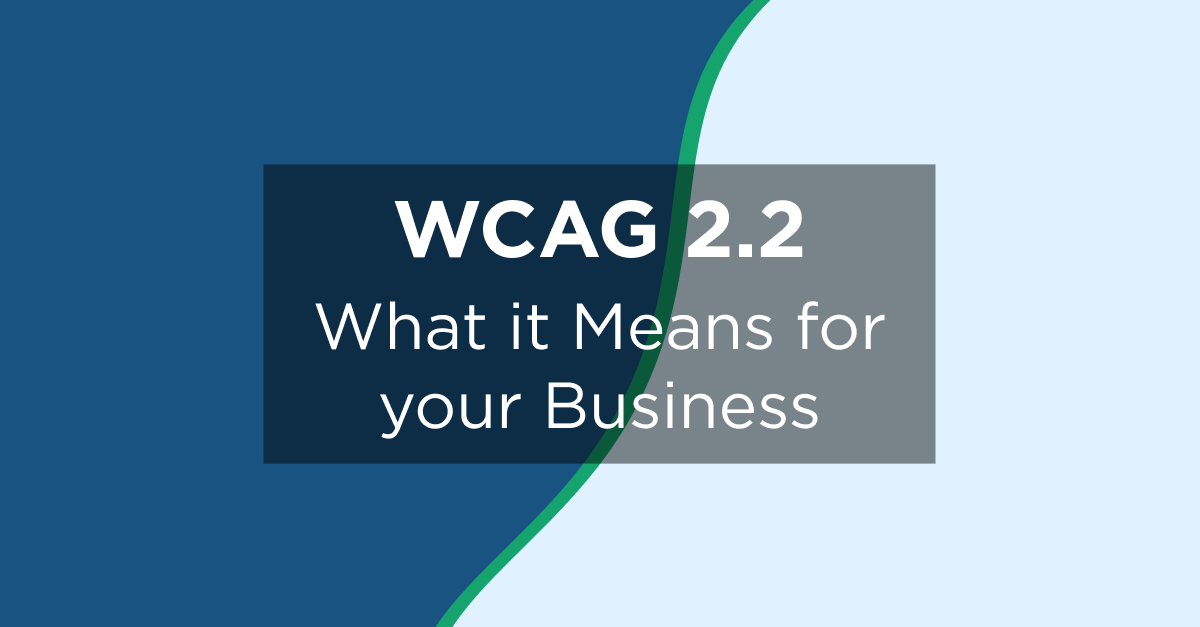Apps have massive potential to boost user engagement, foster customer loyalty, and drive revenue. Users expect more convenience and a better overall experience, which makes it important to define what that experience would be, and how it could best be delivered. The key to choosing between building a fully native app or a hybrid app, is to ensure that you can balance the value of the experience for users with the needs of your business. Whether native or hybrid, your app might only have one chance to get it right with consumers. In fact, 79% of consumers would retry a mobile app only once if it failed to work the first time, and only 16% would give it more than two attempts. 84% of users also consider performance to be an important or very important factor in choosing to use a branded apps.
There are clear benefits to native and hybrid approaches when it comes to building a mobile app. With fully native apps, you can generally ensure a faster experience because of the ability to cache and the need for minimal data transmission. In having fewer constraints and access to native device capabilities, native apps allow you to create a highly personalized app with a strong user experience and features like camera access, voice functionality and biometrics. Fully native apps make it possible to design for specific interactions that save customers time and increase convenience. Brands with the time and budget to build out a fully native experience may benefit from these possibilities.
Hybrid apps create efficiency by using mobile site content and functionality to bridge the gap between the mobile web and the convenience of a native app. Using existing mobile web features expedites the development timeline, offers more flexibility in ongoing app management and allows for ease of content management, as in-app mobile web-based changes generally do not require an App Store submission. Adaptive content can be added directly into the app in a way that is seamless and improve the overall mobile app experience. This year, a hybrid approach will be used in over 50% of mobile apps. However, beyond the considerations around speed to market, cost, and maintenance, the quality of the end user experience must be at core of deciding how to build the app. User experience is the key to designing a successful app, and the type of app built, as a matter of importance, should come second to the quality of the final experience.
Any type of app built is a wasted investment if a weak experience causes the app to be underwhelming, slow or not sufficiently differentiated from its mobile web counterpart. To learn how Usablenet helped the Ritz-Carlton get their app strategy right, Ritz Carlton mobile app case study.








